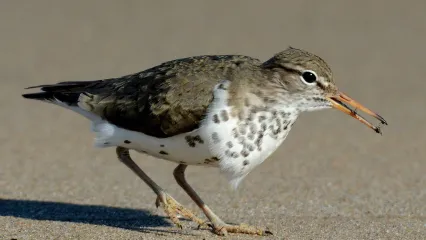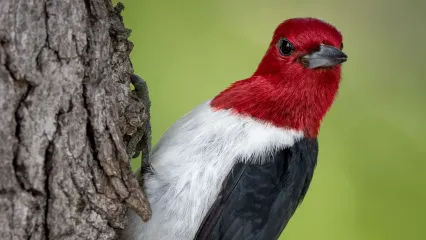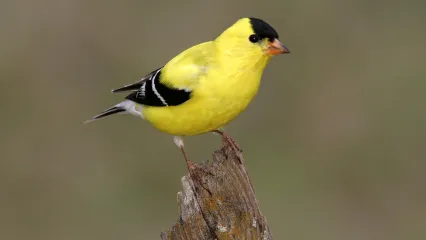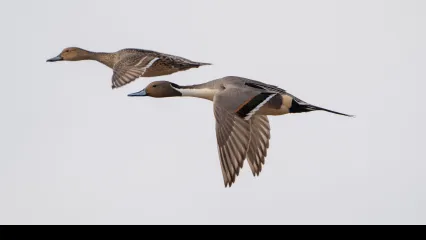
Description
The spotted sandpiper is just one of the many migratory birds that visits Oklahoma during its breeding season. In addition to being one of the most widespread of sandpipers, it is also one of the easiest to identify. While identification of many sandpipers depends on bill length, size, and leg color (which are often covered in mud) the spotted sandpiper boasts a heavily spotted breast and belly in the breeding season. Their bill is mostly orange but has a noticeable black tip.
Size
Approximately 7 inches long with a 15 inch wingspan.
Habitat
Touted as the most widespread breeding sandpiper in North America, this killdeer-sized bird is frequently found in freshwater marches and along shorelines of streams, rivers and lakes.
Life Cycle
Like other shorebirds, spotted sandpipers will often probe the soft sand with their bills for small aquatic invertebrates. Along with probing, they will actively forage for these insects, snapping and lunging at their prey. The female spotted sandpiper arrives on the breeding grounds first, setting up territories in early spring. From May to July, the female will lay one to four nests that are tended by her male mates. Chicks hatch 20-24 days later and begin the distinctive teetering gait almost immediately.
How To Observe
Even if you don’t get close enough to see their spotted underside and bill, spotted sandpipers also have a distinctive bobbing gait, leading to their nickname “teeter-peep.” (Sandpipers are so difficult to distinguish, especially the five smallest species, that they are often termed “peeps.”)


